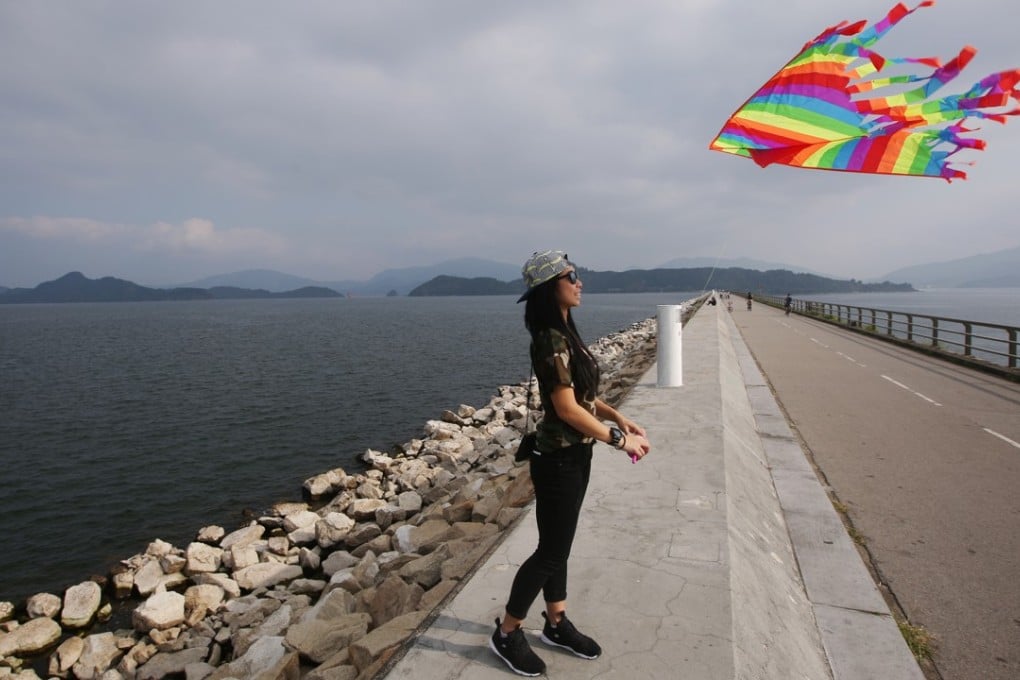Hong Kong needs Plover Cove Reservoir to be twice as deep for better water security amid global warming
Paul Ulrich says a deeper reservoir would help Hong Kong better store expensive Dongjiang supplies and, together with cloud seeding and clean energy from floating solar panels, prepare the city to face an uncertain climate future

Our two main reservoirs of Plover Cove and High Island hold 85 per cent of our freshwater supply, three quarters of which comes from a costly source: the Dongjiang. The Hong Kong government rejected the lateral expansion of reservoirs as too damaging to surrounding country parks, but it never looked into deepening Plover Cove to enhance our water security.

Is Hong Kong’s HK$13.4 billion water deal with mainland China unfair?
Cloud seeding to boost rainfall above a big reservoir’s catchment is a proven technique that drought-prone areas from California to Israel use at low cost. The induced rain would fill the increased storage capacity of Plover Cove, if it is made twice as deep. Its current depth averages under 20 metres, half that of High Island. As global warming has increased the cloud cover over Hong Kong, targeted cloud seeding makes sense: more than 50 countries use the technique.

How Hong Kong built Plover Cove Reservoir, a world first
Some might say dredging could affect the stability of the reservoir’s dams and shore banks, while altering the quality of Plover Cove’s water. Neither of these concerns seems insurmountable. To better reach the bottom of Plover Cove reservoir for dredging, we could transfer some of its water to High Island via pipelines built in the 1970s for the purpose of maximising capacity utilisation.